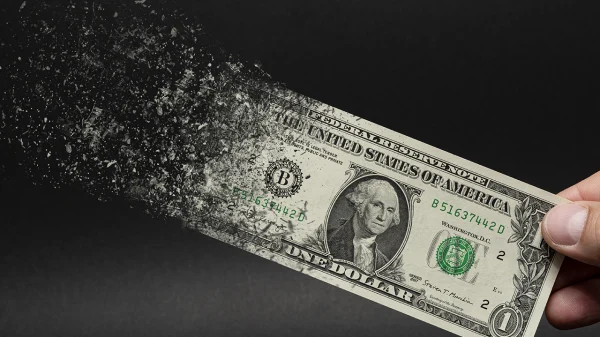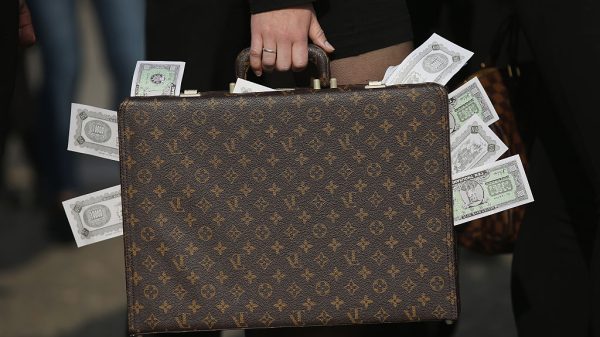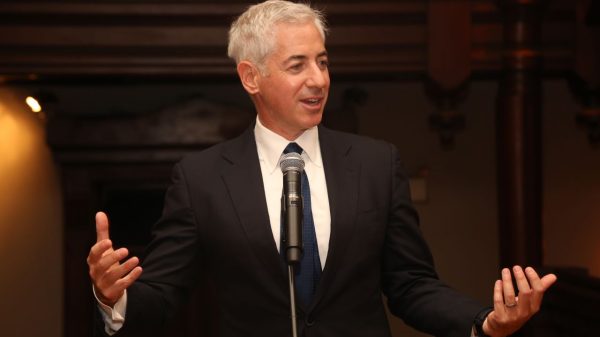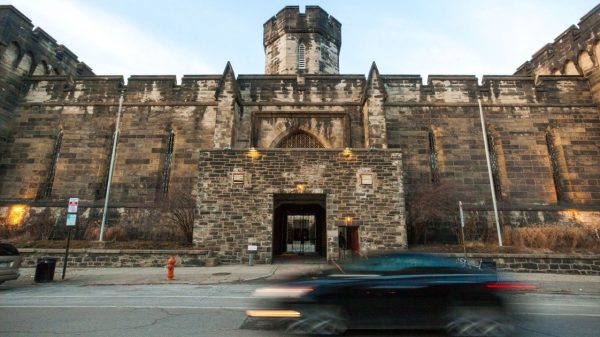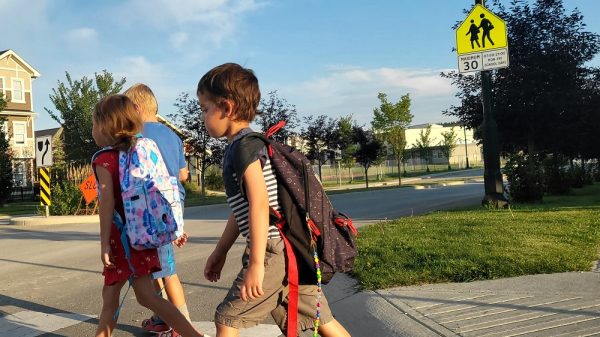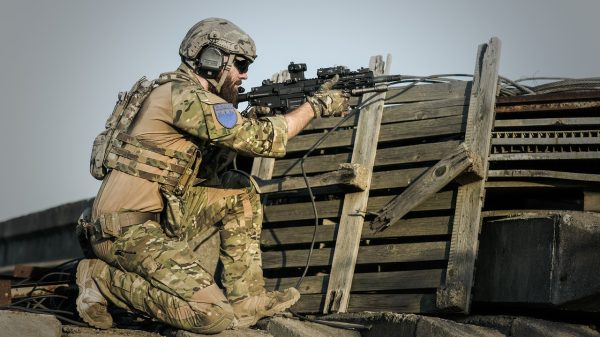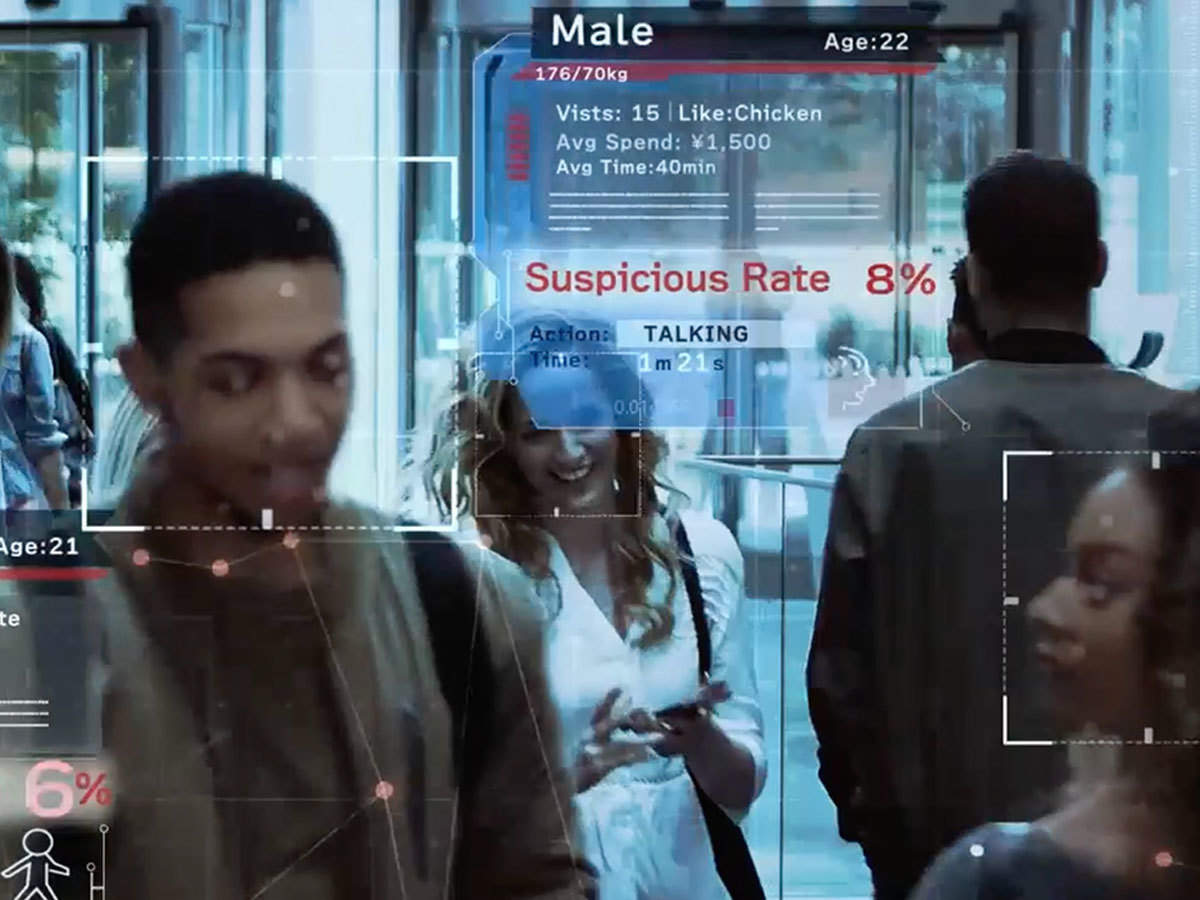Earlier this year, the New York Police Department shared a grim statistic: Shoplifting in the Big Apple was up 45% from the previous year.
Heyward Donigan, Rite Aid’s CEO, reported that his company took a $5 million revenue hit as a result of shoplifting rising precipitously, making the drugstore giant just one small part of a very big problem: In 2021, for example, shoplifting cost retailers a whopping $100 billion, which is why so many stores in New York City are going belly up rather than dealing with the ongoing theft.
What might we do? The answer may actually be all around us: The CCTV cameras most retailers already have in place – coupled with the newest tool at our disposal, artificial intelligence.
Consider the following: When the NYPD’s Chief of Crime Control Strategies Michael Lipetri briefed the press on 2022’s CompStat numbers, he revealed that 327 repeat offenders accounted for more than 30 percent of the 22,000 shoplifting-related arrests last year.
Now imagine a city-wide AI platform trained specifically to spot these criminals and alert a store whenever they enter the premises.
Or, even more subtly, imagine a system that can scan customers’ hand movements, alerting security whenever someone makes the sort of rapid swipe motion that shoplifters love, but regular shoppers rarely make.
Neither solution is science fiction; both are currently available from a number of promising start-ups and are quickly gaining traction in New York.
The former, involving facial recognition software, recently made headlines when Madison Square Garden’s owner, James Dolan, announced that he intended to use the technology to bar people who were suing him from entering the Midtown arena.
Dolan’s statement inspired a wave of criticism, including from many who decried it as a major infringement of privacy.
But most camera-based AI solutions can be operated with complete anonymization, allowing store owners to gain insight into anything from loss prevention — picking up, for example, on suspicious patterns that might indicate theft — to consumer choice and behavior.
This means bad guys would be identified via their actions, not appearance — to stave off potential biases.


